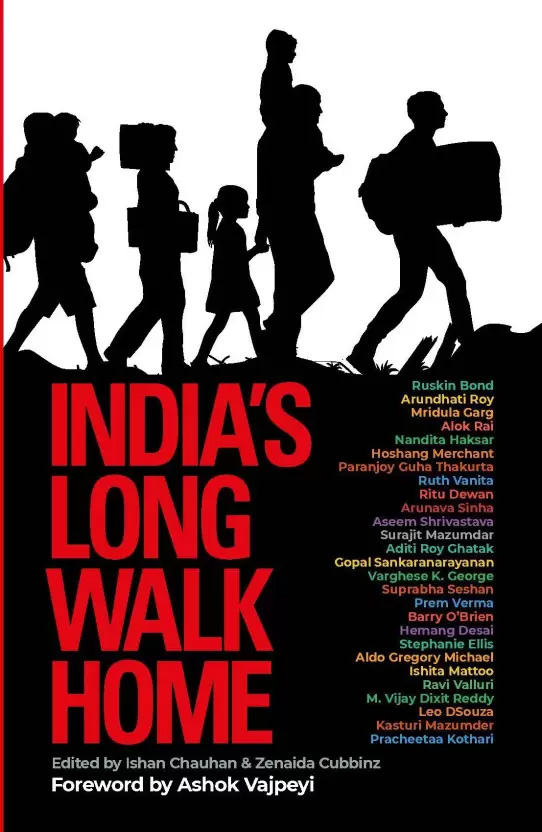Three months before the end of the calendar year, it is already apparent that 2015 will go down in contemporary history as a watershed year for the planet’s political economy. The sharp slowdown in China, the crisis in Greece, the crash in the prices of oil and other commodities and the influx of immigrants to Europe — all make the year’s developments significant. It was exactly seven years ago this month, when the Great Recession began with New York’s Wall Street collapsing, seven decades after the Great Depression had ravaged economies across the globe before the Second World War.
Curiously, even as there is consternation all over, there is no dearth of optimists in India who believe that the international economic crisis has been good, if not great, for this country. As Mumbai-based financial analyst Mukarram Bhagat pointed out in a newspaper article: “India stands out as perhaps the only large emerging market economy to benefit substantially from the accelerating global deflation that is exerting strong downward pressure on its high-inflation and interest rates and reining in its endemic current account and fiscal deficits.”
The day after the US Federal Reserve decided not to hike that country’s near-zero interest rates to “support continued progress towards maximum employment and price stability”, India’s stock markets perked up even as share prices across the world fell. At a public lecture, the governor of the Reserve Bank of India Raghuram Rajan remarked: “If we look around the world today, it doesn’t present a pretty picture. Industrial countries are still struggling, with a few exceptions, to grow and the uncertainty about growth in the US as well as the world is probably what impelled the Fed to stay on hold...”
There’s an important point to be added on interest rates, monetary policy and inflation. Whether in India or in the US, interest rates — or the cost of borrowing — can hardly revive capital investments when the overall economic environment is uncertain. The next point that needs to be emphasised is that even a revival of investments is not a sufficient condition for rapid creation of new employment opportunities.
We in India should be particularly aware of these facts since we continue to go through a phase of “jobless growth” that has been prevalent for the better part of the last decade and a half, if not longer.
The consumer price index has come down from 9.8 per cent in September 2013 to a record low of 3.66 per cent in August, while the wholesale price index has been in negative territory for the past 10 months. Both indices are at their lowest in the last three decades. Dr Rajan has pointed out that the indices are low because of the “base effect”, because these were at high levels a year earlier.
The single biggest factor that has lowered inflation in India is the sharp fall in world crude oil prices which have come down by more than half over the last year or so. Oil imports comprise approximately a third of the country’s total imports and the lower retail prices of diesel and petrol have not only brought down inflation, but also reduced India’s current account deficit in its external balance of payments and increased foreign currency reserves.
All of which should give us reason to exult, right? Well, not exactly. The depressed state of the world economy has resulted in India’s exports shrinking continuously each month over the last nine months and have plunged more than a fifth in this period.
According to the Associated Chambers of Commerce and Industry of India, the country’s merchandise exports will be between $265-268 billion in 2015-16, significantly lower than the $310.5 billion touched in the previous fiscal year and lower than the levels touched in 2012-13 and 2011-12. “Nobody is willing to bet for futures and thus there is a meltdown in prices,” the industry body observed in a report released on Sunday.
The economic turmoil in China is far from over. What is often forgotten is that in December 2014, a calculation by the International Monetary Fund suggested that China had overtaken the US as the world’s largest economy in terms of purchasing power parity (PPP). When comparisons of the national incomes of different countries are made on the basis of “nominal” estimates of gross domestic product and market exchange rates of currencies, they do not tell the full story. A PPP index seeks to adjust for differences in the relative costs of living and purchasing power. Thus, while $1 exchanges for Rs 65, this amount buys, say, 40 per cent more of a basket of commodities in India than in America.
The currency wars between the two biggest economies in the world has only just begun. Competitive devaluation will lead to greater protectionism as more governments across the world pursue what economists describe as “beggar thy neighbour” policies, meaning policies through which one country attempts to remedy its own problems by means that tend to worsen the economic problems of others. In recent weeks, as the Chinese government supported the external value of the yuan or renminbi by liquidating a large chunk of its holdings of US government securities, many bond traders on Wall Street suffered major losses as prices of these securities fell.
Many analysts believe that the process of China drawing down its reserves will continue in the months ahead as Beijing seeks to inject liquidity and fiscally stimulating its decelerating economy as its trade surpluses contract. In August alone, the foreign currency reserves of China (excluding Hong Kong and Macau) came down by $400 billion — more than India’s forex reserves of around $355 billion — to $3.6 trillion against a peak of around $4 trillion that was touched in June 2014.
If the world is bruised by the economic war between the US and China, India will have no reason to rejoice. Even as refugees from Syria continue to pour into Europe, there are some of us here who cannot look beyond the coming festive season.


